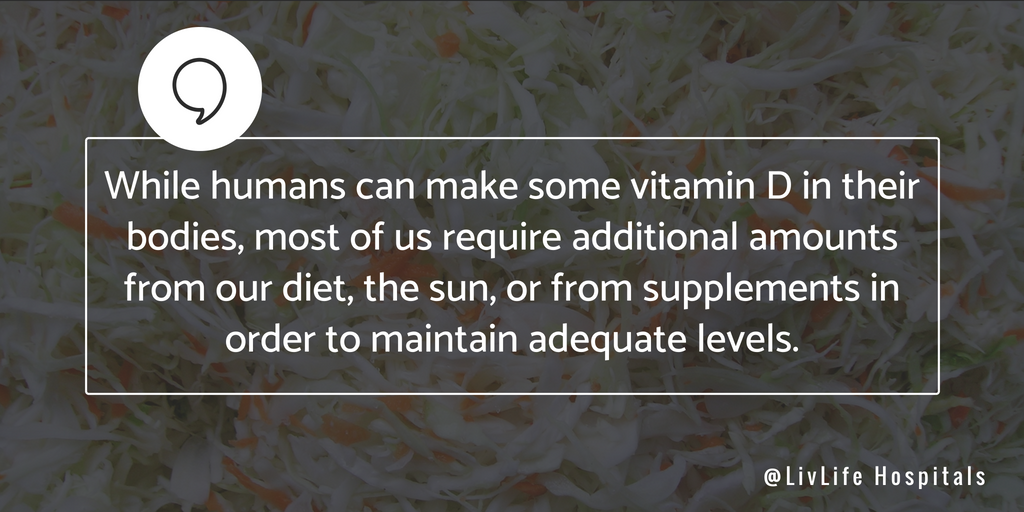
Essentials of Vitamin D: Sources and Food to Have
Vitamin D is one of the most important micronutrients when it comes to your health.
It’s involved in just about everything, from immunity to brain function, and researchers are still regularly turning up new ways that vitamin D affects your well-being.
However, with a limited selection of vitamin D foods available and a huge portion of the population at risk for deficiency, many of us simply aren’t getting enough of this vital vitamin to be able to effectively meet our needs.
Yes, vitamin D deficiency is very real and can affect your health. When your skin is exposed to sunlight, the ultraviolet B (UVB) rays from the sun provide energy that helps the cholesterol in your skin produce vitamin D.
It’s generally recommended to squeeze in at least 15–30 minutes of sun exposure two times per week to help meet your vitamin D needs, although this can vary based on a number of factors, including age, skin colour and body weight.
Findings of the cross-sectional population-based study shows that 68.6% women in India vitamin D deficiency as on the most 26% have been marked insufficient only 5.5 % of the woman in the country have the vitamin in sufficient amount
The study has been conducted by researchers from AIIMS, Diabetes Foundation of India and National Diabetes, Obesity and Cholesterol Foundation.
Not only women, even men too face a lot of health issues due to lack of it.

Sources of Vitamin D
Here are a few of the top sources to make sure you’re meeting your daily needs for this important fat-soluble vitamin:
- Sunlight — 5–30 minutes of sun exposure at least twice per week (over 100 percent DV)
- Cod Liver Oil — 1 tablespoon: 1,360 IU (over 100 percent DV)
- Wild-Caught Salmon — 3 ounces: 447 IU (over 100 percent DV)
- Mackerel — 3 ounces: 306 IU (76 percent DV)
- Tuna Fish — 3 ounces: 154 IU (39 percent DV)
- Fortified Milk — 1 cup: 124 IU (31 percent DV)
- Sardines — 2 sardines: 47 IU (12 percent DV)
- Beef Liver — 3 ounces: 42 IU (11 percent DV)
- Eggs — 1 egg: 41 IU (10 percent DV)
- Fortified Cereal — 1 cup: 40 IU (10 percent DV)
- Caviar — 1 tablespoon: 37 IU (9 percent DV)
- Mushrooms — 1 cup: 2 IU (1 percent DV)
How Much Do You Need?
Here’s how much calcium and vitamin D you need every day, according to the Institute of Medicine.
Vitamin D
Age 1-70: 600 IU
Age 71 and older: 800 IU
Vitamin D from natural resources is always the most preferred one. It is the total diet or overall eating pattern that is most important in disease prevention and achieving good health. However, supplements can help in few cases but require a proper advice from a doctor. Book an appointment.
Let’s enjoy the sunshine with the sunny side up.

